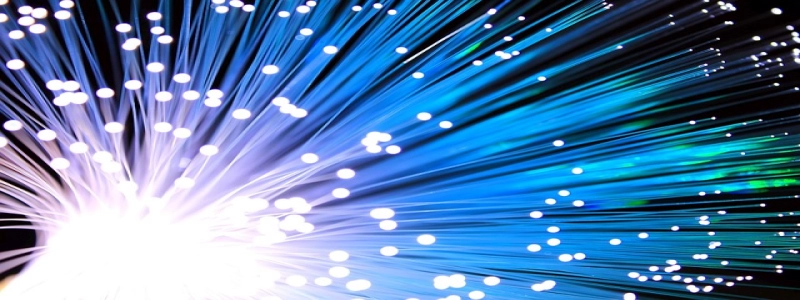Wi-Fi Slower than Ethernet
Introduktion:
In today’s fast-paced digital world, a stable and fast internet connection is crucial. Most households and organizations rely on either Wi-Fi or Ethernet for internet connectivity. While these two options serve the same purpose, there is often a noticeable difference in speed. This article will explore why Wi-Fi is slower than Ethernet and provide an in-depth explanation of the factors that contribute to this discrepancy.
jag. Understanding Wi-Fi and Ethernet
1. Wi-Fi:
– Wi-Fi, short for wireless fidelity, enables devices to connect to the internet without the need for cables.
– It operates through radio waves, allowing for wireless communication within a certain range.
– Wi-Fi signals can be affected by interference from various objects or devices.
2. Ethernet:
– Ethernet is a wired technology that connects devices to the internet using cables.
– It offers a more stable and reliable connection compared to Wi-Fi.
– Ethernet connections are not subject to interference from other devices or physical obstacles.
II. Factors Affecting Wi-Fi Speed
1. Distance from the Router:
– As the distance between a device and the Wi-Fi router increases, the signal strength weakens, leading to slower speeds.
– This effect is more evident in larger homes or buildings with multiple walls and floors.
2. Interference:
– Wi-Fi operates on specific frequencies that can be interfered with by other electronic devices such as microwaves or cordless phones.
– The presence of neighboring Wi-Fi networks can also cause interference, resulting in slower speeds.
3. Wireless Congestion:
– In densely populated areas, numerous Wi-Fi networks may be operating simultaneously, leading to congestion and reduced performance.
– Overloading a Wi-Fi network with too many connected devices can also lead to slower speeds.
III. Advantages of Ethernet over Wi-Fi
1. Speed and Stability:
– Ethernet connections offer faster and more reliable internet speeds without being affected by interference or signal degradation.
– This makes Ethernet the preferred choice for applications that require high bandwidth or low latency, such as online gaming or video streaming.
2. Security:
– Wired connections are generally considered more secure than wireless ones since they are less susceptible to hacking or unauthorized access.
3. Cost and Convenience:
– Ethernet cables are relatively inexpensive and readily available, making them a cost-effective option for establishing a stable internet connection.
– While Wi-Fi offers mobility and eliminates the need for cables, Ethernet may be more convenient for stationary devices like desktop computers or gaming consoles.
Slutsats:
Although Wi-Fi is a convenient and widely used technology for accessing the internet, it is generally slower than Ethernet. Various factors such as distance, interference, and wireless congestion contribute to this discrepancy. Understanding the limitations of Wi-Fi can help users make informed decisions when choosing between Wi-Fi and Ethernet for their internet needs. While Wi-Fi may suffice for everyday browsing and light internet usage, Ethernet remains the optimal choice for high-performance applications that require fast, stable, and secure connections.








